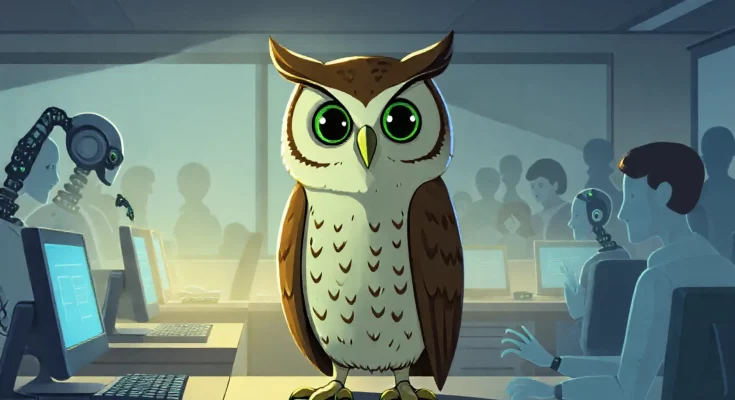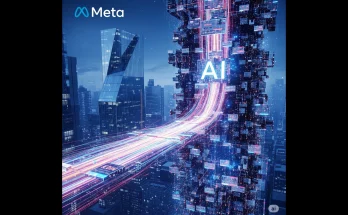Is Duolingo the Face of an AI Jobs Crisis?
Duolingo’s recent moves have sparked significant debate about the impact of artificial intelligence on the job market. The company has announced plans to transition to an “AI-first” approach, replacing many of its contractors with AI technology. This decision has led industry watchers, including journalist Brian Merchant, to proclaim that the AI jobs crisis is here.
The Shift Towards AI
In recent months, Duolingo has made headlines for its drastic measures aimed at reducing labor costs. Notably, the company implemented a significant workforce reduction, cutting about 10% of its contractor staff at the end of 2023. This trend seems to be continuing, as reports indicate that another round of layoffs occurred in October 2024, primarily affecting translators and writers.
The Impact of AI on Workforce Dynamics
- As AI technologies evolve, many companies, including Duolingo, are adopting these tools to perform tasks that were traditionally handled by humans.
- The shift is indicative of a broader movement within the industry, whereby executives are increasingly making management decisions that prioritize cost-cutting and automation.
- Brian Merchant points out that the rising unemployment rate among recent college graduates could be directly related to this trend, with entry-level jobs being increasingly replaced by AI systems.
The Issue of Entry-Level Job Replacement
According to Merchant, companies may not only be replacing human workers but also reallocating their budgets towards AI, thereby reducing available funds for new hires:
- Hiring fewer workers overall impacts job opportunities, particularly in creative industries.
- Freelancers and less established workers, like writers and illustrators, are experiencing declining income levels as more firms adopt AI technologies.
Management Decisions: The Driving Force
The AI jobs crisis is characterized not by an impending robotic apocalypse but rather by intentional management strategies. These decisions often funnel resources away from human capital:
- Executives seek to consolidate control and streamline operations, often resulting in diminished employment prospects.
- In many cases, the use of AI tools is positioned as a forward-thinking strategy, even as it leads to the termination of numerous existing jobs.
The Broader Implications for the Job Market
As organizations like Duolingo embrace an AI-centric strategy, we are witnessing significant shifts in employment patterns. This transformation raises important questions about the future landscape of job opportunities:
- Will AI technology continue to replace traditional jobs, especially in lower-tier roles?
- How will the investment in AI affect the workforce and entry-level job creation?
Ultimately, the question remains: Is Duolingo the face of an AI jobs crisis? As the company forges ahead with its AI initiatives, the potential repercussions on employment trends cannot be understated. The evidence suggests that significant changes await the labor market, especially for those entering the workforce.
As we consider the implications of AI on job security and the nature of work, it is essential to advocate for new policies and initiatives that support workers in navigating this evolving landscape.
In conclusion, while AI may bring numerous benefits, it is crucial to balance technological advancement with human economic welfare to foster a thriving, inclusive job market.



